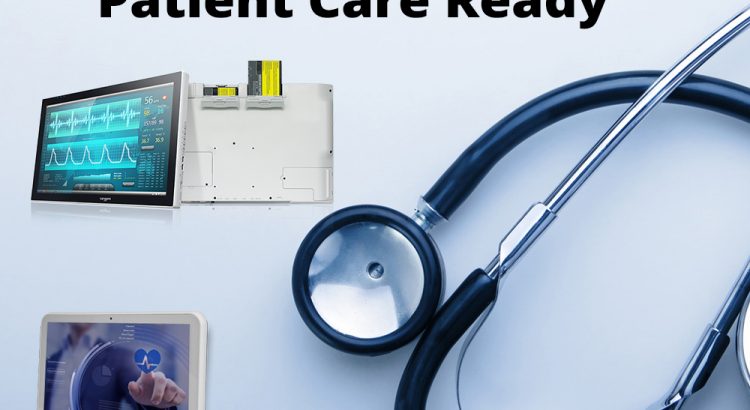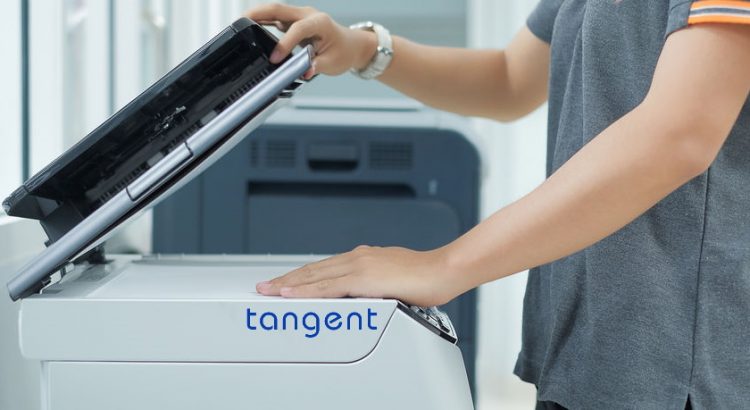If you wanted to buy something off your favorite online shop, and the only way to get your receipt was via fax, would you still buy it? Chances are you would, but forgo collecting your receipt altogether. The matter of the fact is that fax machines are (and have been) outdated for decades. But despite […]
Tag: EHR

How To Prevent Critical Electronic Health Records Mistakes
There’s no doubt that medical grade computers have made hospitals safer, more productive environments to treat patients. From their antimicrobial coating which mitigates the growth of nosocomial infection causing bacteria to their robust IP certified water resistance, medical grade computers have made a lasting impact on the quality of care provided to patients. Sadly, […]

EHR and Patient Care Ready
Epic Systems is world-renowned for their electronic health records software, but their portfolio has expanded to do much more than just maintain records in the patient care space. They understandably have specific system requirements for successful use of all their powerful features. The recommended screen resolution on a system running Epic is 1920×1080 with at […]
